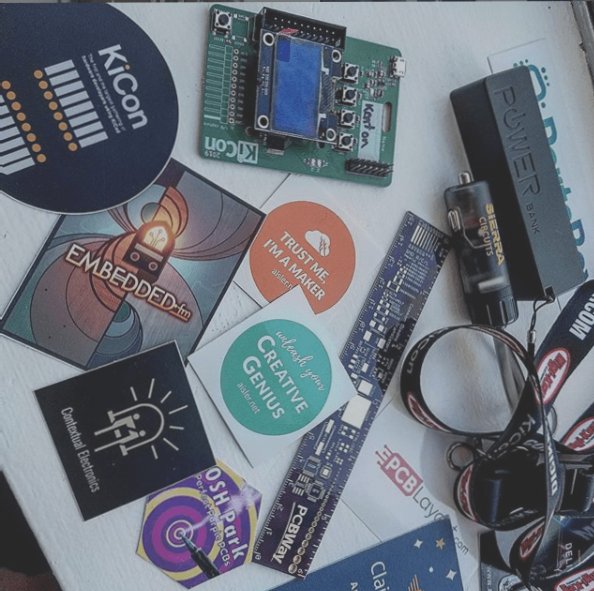Optimizing PCB Board Design for the POWER Circuit
Engineers have dedicated years to refining PCB layouts, with a specific focus on the POWER circuit, which holds immense importance in the overall design. Achieving an optimal PCB board design for the POWER circuit, also known as the Dual Power System (DPS), is crucial for efficient functionality.
1. Importance of Power Plane in Supporting the Power Circuit
The power plane plays a critical role in supporting the power circuit. Understanding the characteristics of the power circuit is key to creating an effective layout. The power supply circuit consists primarily of DI/DT and DV/DT circuits, each requiring specific considerations during layout.
- For the DI/DT circuit, which experiences significant current changes over time, minimizing the circuit loop area is essential.
- Conversely, the DV/DT circuit undergoes substantial voltage changes over time, making it vulnerable to external interference. Therefore, keeping copper traces narrow in this circuit’s loop is crucial.
- While ensuring current capacity, it is important to minimize copper trace width and reduce overlapping areas between layers.
2. Designing the Driving Part of the Circuit
When designing the driving part of the circuit, minimizing the overall driving loop area is vital. This minimization helps reduce interference and requires placing the driving part away from potential sources of interference while keeping it close to the driving component.
3. Attention to Sampling Signals
Sampling signals demand careful attention to avoid interference from other signals. Ideally, sampling signals should be collected from various locations and provided with dedicated ground planes at their wiring points to minimize mutual interference.

